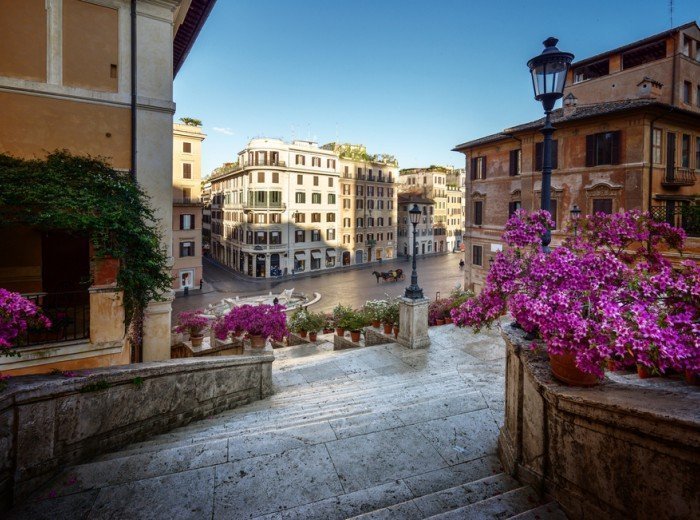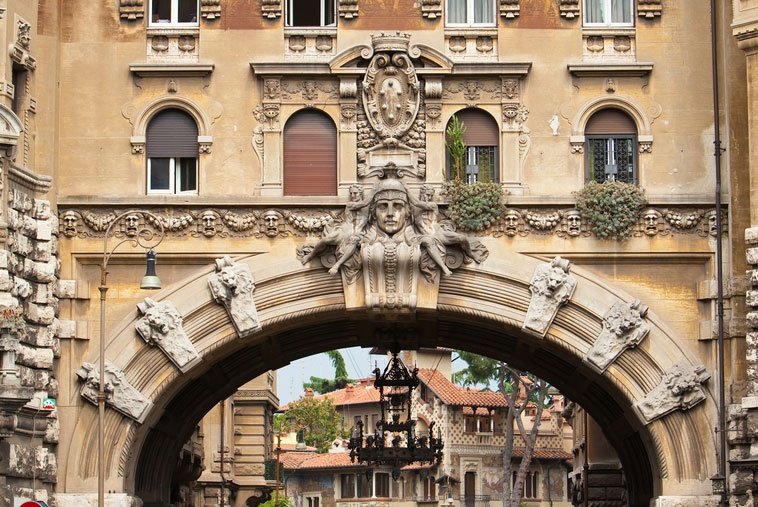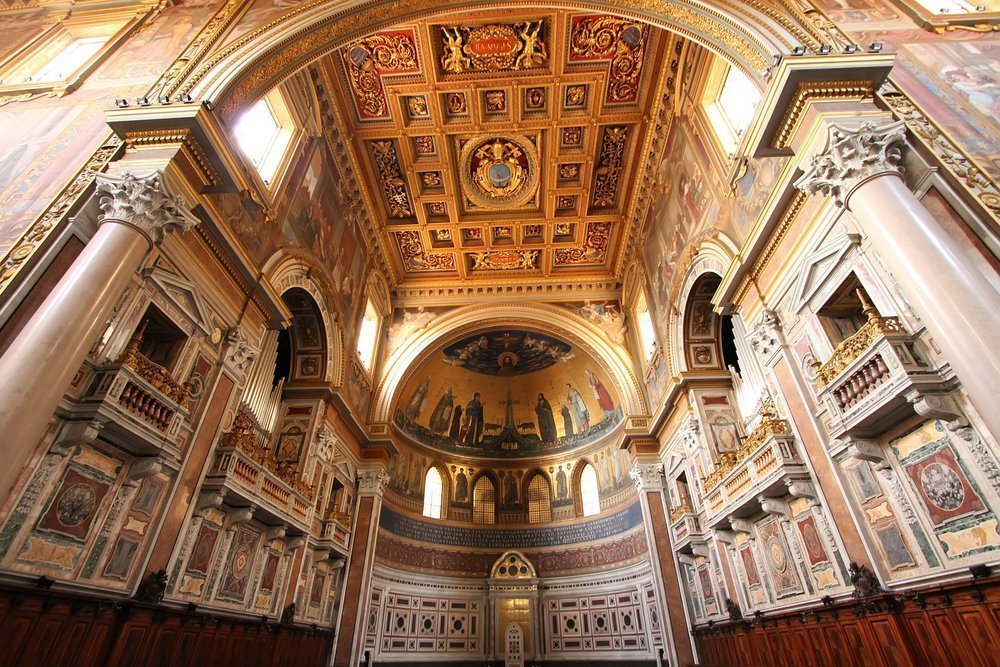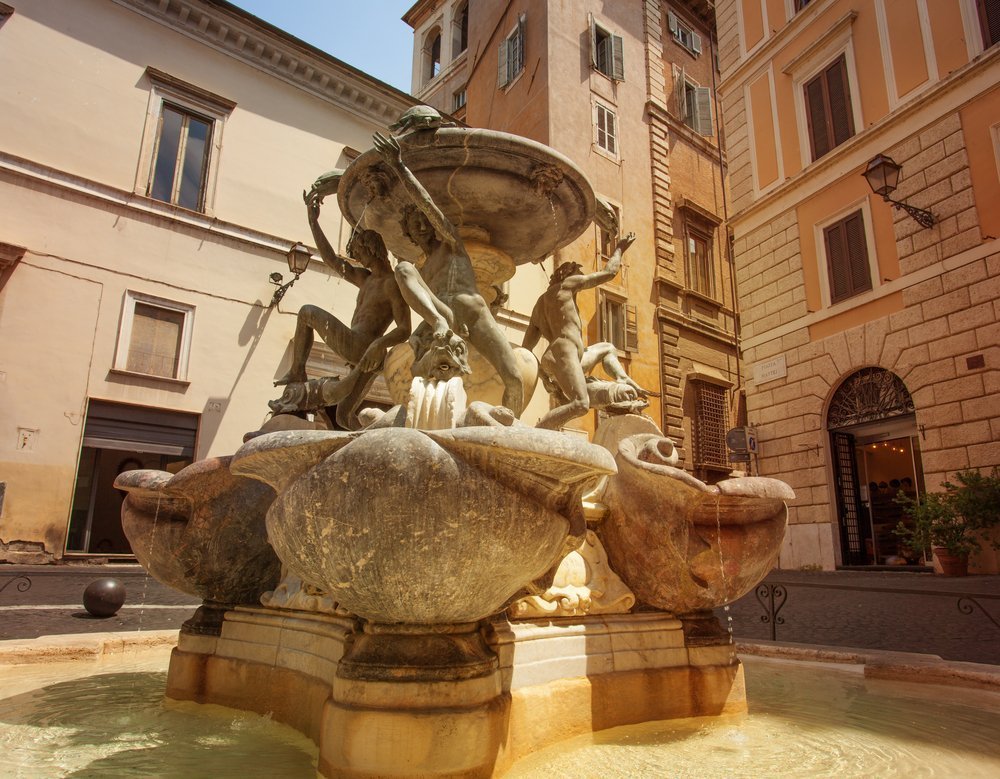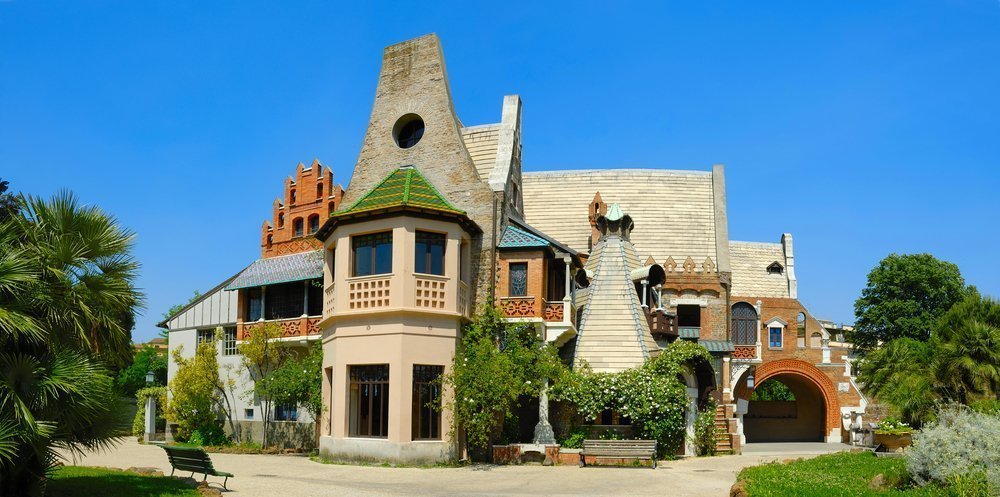The celebrity of Rome is often linked to its most famous monuments: the Colosseum, Trevi Fountain, Spanish Steps, the Pantheon and many others, but there are plenty of hidden corners in the different historical and artistic settings of the city.
These secret places are often overlooked by the large crowds of tourists, but finding the unique details are enough to search for these special locations on your trip to Rome. Below are just a few of these hidden places in Rome, just waiting to be explored.
Coppedè District
The Coppedè District, named after its designer, Gino Coppedè, is a very small neighborhood of Rome, famous for its palaces and villas inspired by a variety of styles, including Gothic, Baroque, ancient Greek, and neoclassical. Coppedè himself created the designs for every building, and because so many styles inspired his work, the buildings in this district are all unique and different from other neighborhoods in Rome.
The most well-known feature of the neighborhood is a huge wrought iron chandelier displayed over the Via Tagliamento. The arch surrounding the chandelier is the most popular entrance to the district, and gives visitors a glimpse of what architectural treasures they are about to see.
Visit this unique district in Rome with our exclusive My Rome Tour.
The Mosaics inside St. John Lateran
There are many reasons to visit the Basilica of St. John Lateran, from the relics of Saints Peter and Paul, to the towering statues of the Apostles. And as the official seat of the pope, this basilica sees many visitors each year, athough nothing could match the number of visitors to St. Peter’s Basilica. But of the many impressive works in the Basilica of St. John Lateran, there are very impressive mosaics that are often overlooked by visitors.
The major mosaic in the basilica is located behind the altar, above the seat of the pope. This is the apse of the church, and it is here that a beautiful gold mosaic is placed. The center pictures Jesus giving his followers their mission to spread his teachings to the world. This stunning, colorful mosaic was completed at different times, with the figure of Jesus dating back to the 5th century, and the other parts were added as late as the 13th century, from different renovation projects.
→ Click here to learn more about the Basilica of St. John Lateran
Turtle Fountain
Hidden in the heart of Rome in Piazza Mattei, the Turtle Fountain is a little addition to the many fountains of Rome. The Turtle Fountain (Fontana delle Tartarughe) was initially built at the end of 1500 and designed by Giacomo della Porta. The turtles that give the fountain its name, were actually added later by Bernini, after the first restoration of the fountain in 1658.
There are many fountains to see in Rome, including a few by Bernini, but this is one of the lesser known (and still impressive) fountain destinations.
→ See it for yourself on our Jewish Rome tours
The House of the Owls
This unique building, with its medieval decorative details and stained glass windows, has the appearance of a small medieval village. But some might be surprised to learn that the House of the Owls was built in the early 20th century. This building was of great importance at this time. In fact, in 1938 the inside of Villa Torlonia (the estate’s more formal name) was the residence of Prince Torlonia.
Why is this whimsical home called the “House of the Owls“? It is simply because the animal appears in many of its decorative elements, even inside the villa. Today this location serves as an interesting museum of quirky architecture and beautiful, detailed artwork. This is another great spot away from the major crowds, and is a curious find in the city of Rome.
Visit this unique district in Rome with our exclusive My Rome Tour.

